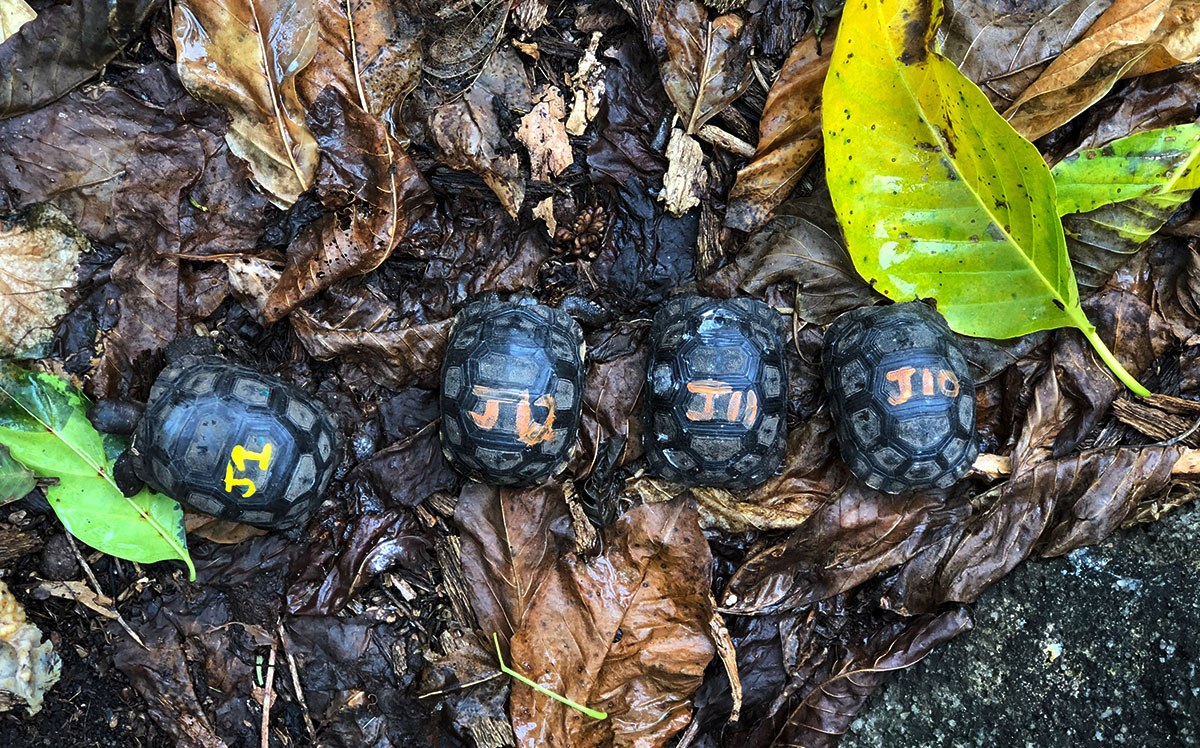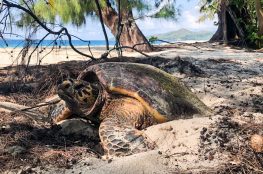Cousin Island’s tortoise census takes place during the South East monsoon season in August. From July – December, the island experiences peak nesting productivity from the female Aldabra giant tortoises (Aldabrachelys). The census takes place for a greater understanding of our current population on Cousin. We search and survey the various habitats for as many tagged and untagged tortoises as we can find.
On Cousin Island we use the “Mark Recapture” methodology for population estimates. The island is scoured thoroughly by Conservation Boot Camp participants a couple of times a week. On some days we will find no new tortoises, and on others we will find big, small, and even smaller. Often when we spot the juveniles we are busy with other censuses; these are the forgotten joys of tortoise census – it constantly seems to be the island ‘treasure hunt’ regardless of the current task at hand. Even our warbler researchers get involved. Finding a tortoise under 10cm is the real jack pot, this size is very rare to come across and they are very fast at this size.
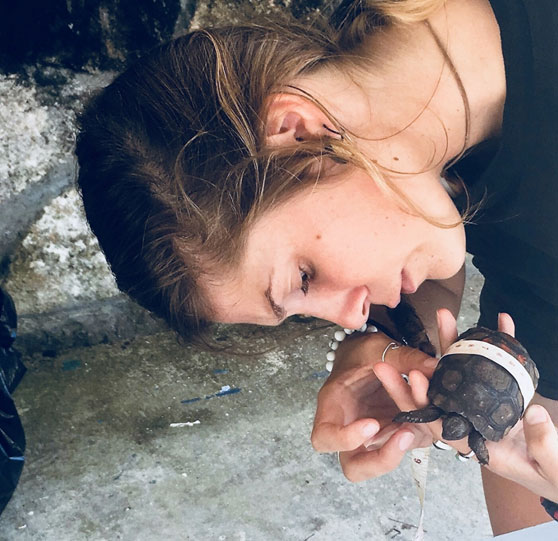
Kara with a juvenile tortoise 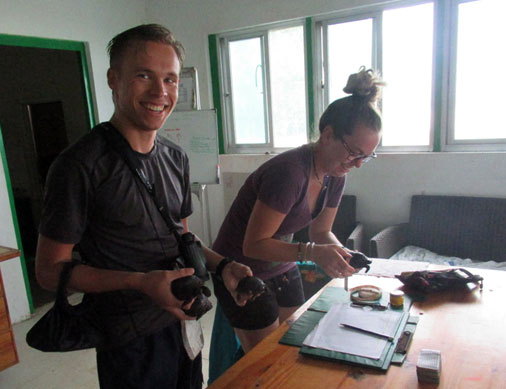
Seychelles warbler researchers join in
The census takes place for a greater understanding of our current population on Cousin. Statistics that we look at based on the census include population growth, nesting success, reproductive success, and potential carrying capacity.
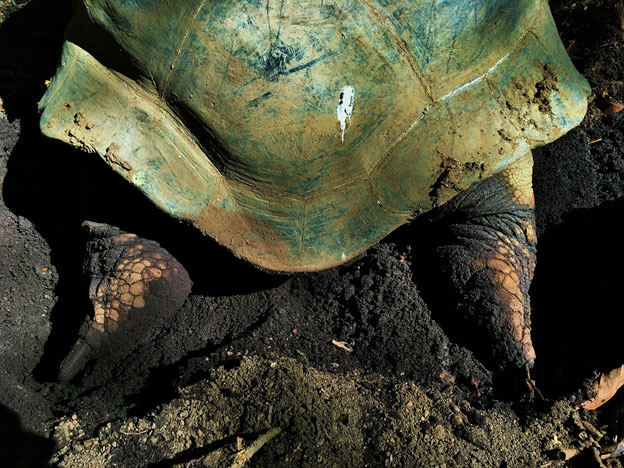
Nesting and nesting attempts are recorded 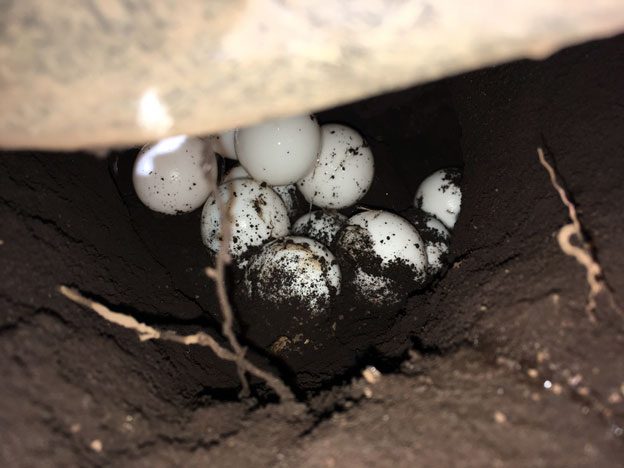
Tortoise nesting
In the last two years Cousin has seen a number of females nesting and some nesting attempts. Three females laid clutches that were physically counted and one nest, not related, was found and excavated with hatched egg cases inside. The population is demonstrating growth and this can be seen through our data collection during tortoise population census. These censuses are compiled over the years and we can properly analyze the data collected and see patterns from year to year
Kara Beggs is Nature Seychelles’ Conservation Manager

